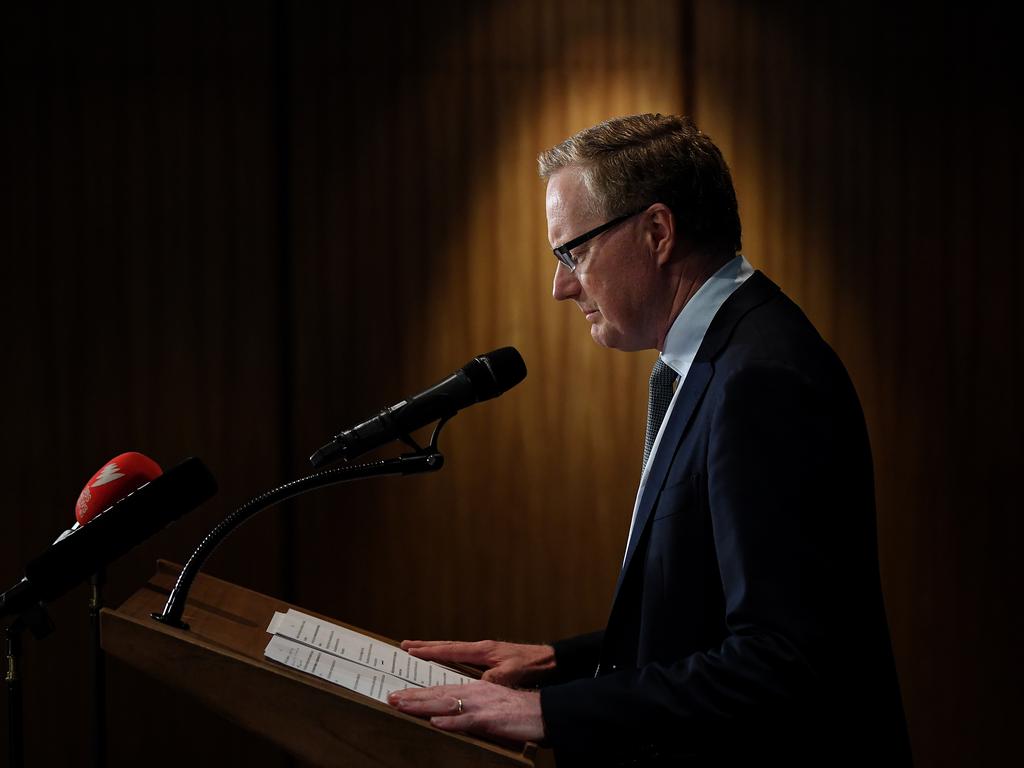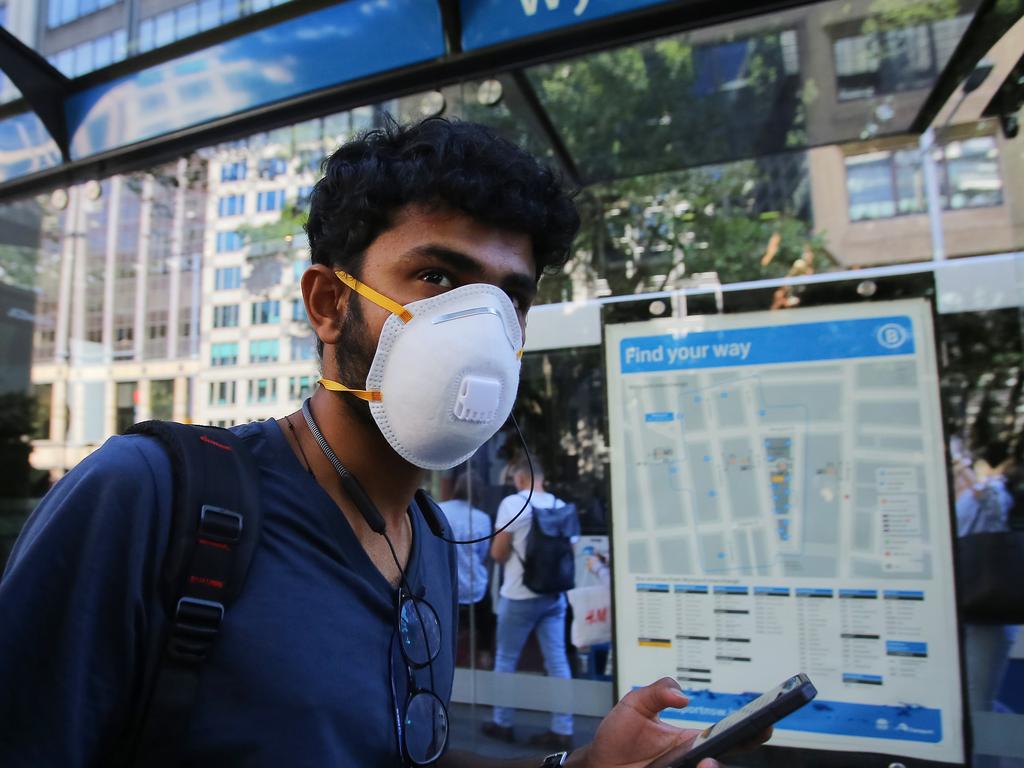
That looks like a realistic, maybe optimistic, setting for the next election. It will transform the politics of public policy. The critical message Lowe delivered is the sooner current restrictions can be safely eased, the less damage will be done to jobs, business and investment in the recovery phase.
Lowe’s speech was about certainties and probabilities. The certainty is the bad news — output down by 10 per cent, mainly in the June quarter, total hours worked down by 20 per cent in the first half of 2020, unemployment scaling 10 per cent and the worst economic hit since the Great Depression. Nothing will stop this crunch.
The probabilities are about the timing and pace of recovery. That’s more unpredictable. Much depends upon the nation’s political will and policy capacity in tackling the agenda Lowe sketched: reforms relating to taxation of income, consumption and land, the management of infrastructure, training for students and the workforce, industry regulation and flexibility of the industrial relations system.
Lowe didn’t advocate. He just identified the agenda. Enough said. When you put his pieces together, the recovery phase will be dominated by a political imperative: what policies best get unemployment down, people back into jobs and business investing again. Politicians need to beware re-running ideological battles from the prosperity era.
Lowe offered a “plausible” scenario of restrictions being eased closer to mid-year and “mostly removed” by late in the year, except for foreign travel, with GDP growth next year of
6-7 per cent after falling about 6 per cent this year. It sounds encouraging, given the gloom. But uncertainties abound.
In this scenario he is talking about unemployment remaining “above 6 per cent over the next couple of years”, with many firms delaying or cancelling wage increases and year-ended wage growth “expected to decline to below 2 per cent” while inflation after a negative dip is expected to hover below 2 per cent for a few years. But Lowe does not see Australia falling into a low-growth deflation trap.
There are competing scenarios. On the optimistic side, restrictions could be eased faster — that means a stronger economic recovery. But if restrictions must remain for longer or need to be reimposed, “the loss of incomes and jobs will be more pronounced”.
There will be no quick return to business as usual. Lowe thinks the crisis will lead to more precautionary behaviour. People will work, shop and travel differently. The medium-term outlook will constitute a serious challenge with pressure on wages and jobs. The more businesses that are destroyed, the longer the recovery will take. By any reckoning, the politics will get harder in the recovery phase.








Australia must change the way it lives, works and functions. Warning that the nation faces a “once-in-a-century economic contraction”, Reserve Bank governor Philip Lowe sees a medium-term outlook of wages growth of less than 2 per cent, unemployment above 6 per cent and low interest rates for years.